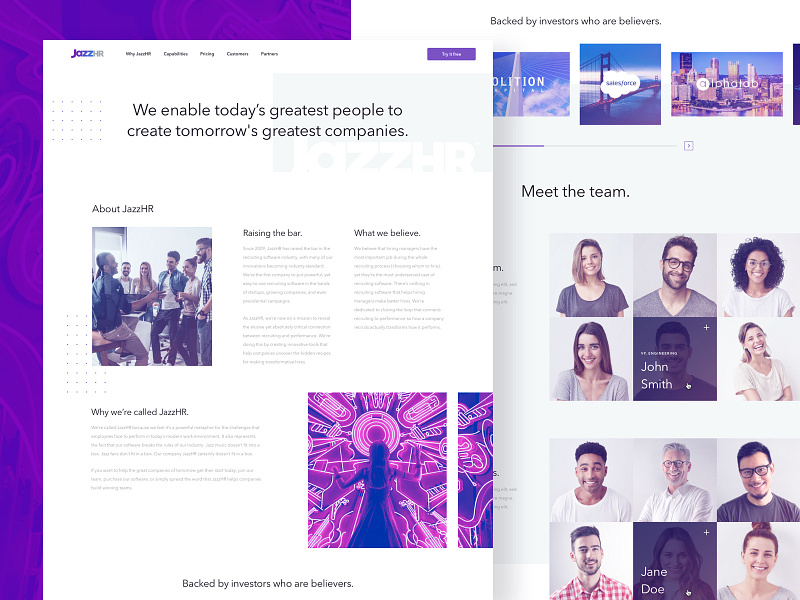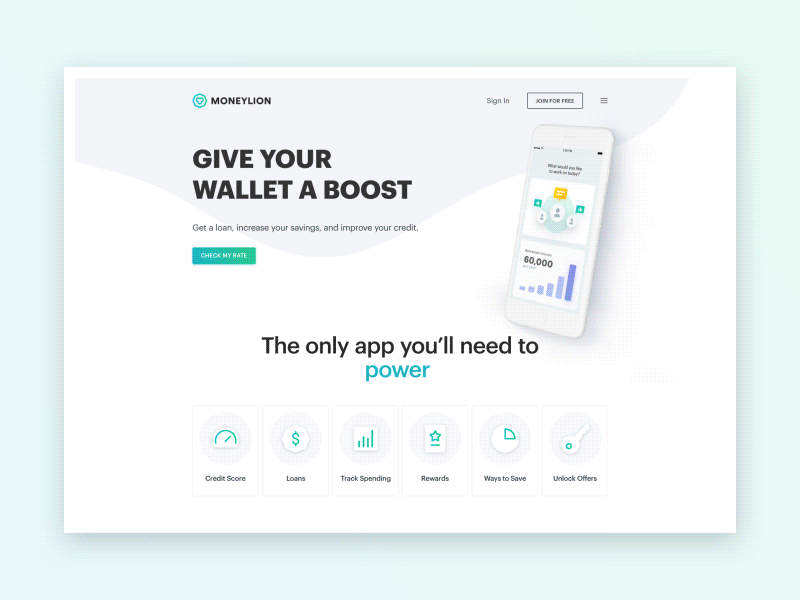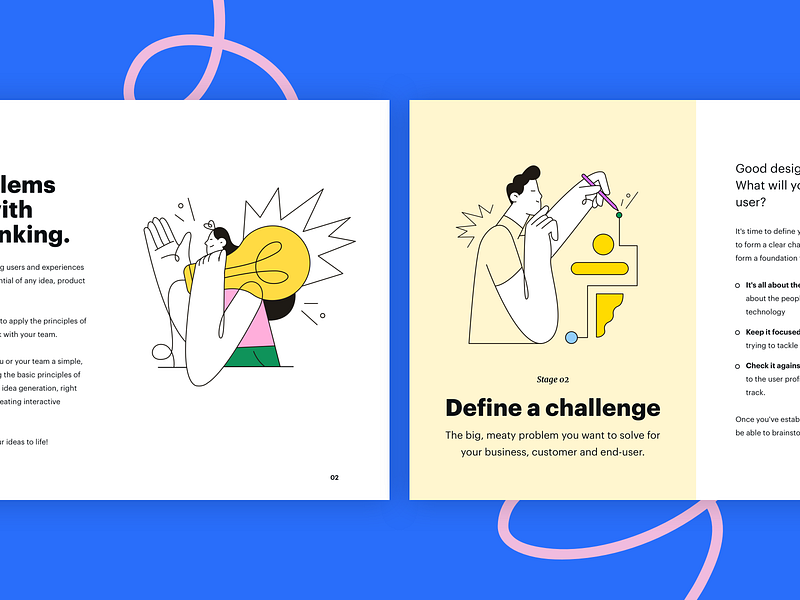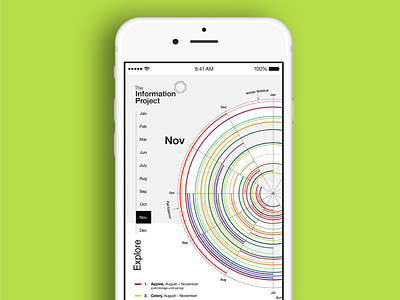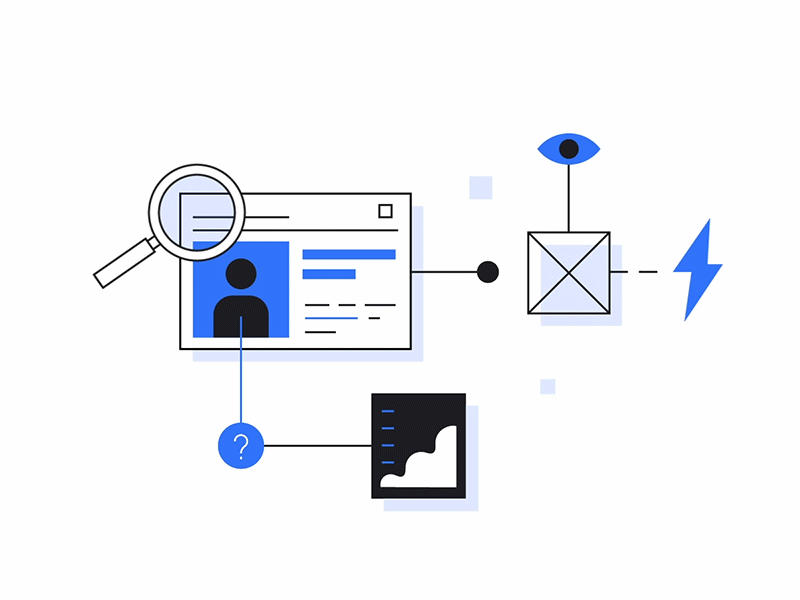Design Thinking is defined as a framework for designing solutions based on understanding user needs. Simply put, it’s a human-centered design mindset. Though the concept has existed for over decades, the term Design Thinking was more recently popularized and developed in the 1990s by IDEO’s very own founder David Kelley. Below is the Design Thinking framework widely followed today:

Each of the five components of the framework are considered and implemented in the Design Thinking process. But while the diagram may look straight-forward, keep in mind Design Thinking is not a clear cut model outlining specific instructions for each piece of the framework—it’s simply the overarching outline to building out products. There’s a ton of different ways you can apply each step of the framework to your workflow, and designers will usually pick and choose different methods for each.
To get an even better understanding of Design Thinking and how to apply it to projects, we’ve looked to our talented community of designers and design thinkers. We asked teams who are using the Design Thinking approach to explain why their point of view on the subject, why they use the framework, and in what ways they are implementing it into their workflow. Time to dive in!
Digital Surgeons
Digital Surgeons is a digital demand consultancy driving brands, businesses, & their teams forward. Senior Art Director Matt Pringle shares how the team approaches Design Thinking and why it helps them create unique solutions that stick:
We believe that creativity, curiosity, and collaboration are largely broken in business, especially in today’s digital-first, experience-driven economy. Design Thinking for us wasn’t a matter of looking to implement a novel framework, but instead acknowledging and further embracing the way we’ve always preferred to team with our clients to help grow their brands and businesses—one that leads with relationships, co-creation, and uses unconventional methods of problem solving to unpack business problems from the inside out. That’s why we’ve been able to create unique solutions that stick.
At DS, every project starts with a high energy workshop that brings everyone involved in the project together for a day of immersion, discovery, and possibility. One might say it’s a fast and furious flurry of post-it notes and business building ideas that goes wide and deep before wrapping the day with a clear understanding of our client’s business and a tightly defined challenge we’ve all rallied around. Add in a cross-functional team that helps survey everything surrounding the challenge, from the people to technology and data and boom—we’ve got real customer-centric insights ready to inform our design process.
Regardless of the type of project, (branding, a fresh digital experience, or reimagining the entire business model) when it comes to the work product, we always work cross-functionally and iteratively. That means exploring concepts together and prototyping them first before testing them on real users to validate our thinking. From there, we blow them out and scale them in different markets or channels. Running with a curious, test, and learn mentality is key—especially for our clients. We can help them keep risk low and delivery rate high, perfect for experimenting with new ways to grow their business through digital channels.
Clay Global
Clay is a UI/UX design and development agency based in San Francisco helping clients like Facebook, Google, Coinbase, and Slack develop their products. Design Director Dmitry Tsozik explains how Design Thinking is used at Clay:
I don’t believe there was just one moment when we decided to implement the Design Thinking approach. As a young team, we were constantly trying new tools, mechanics, and techniques to improve our workflows. A few years ago, we started to realize that our design method naturally evolved into something actually very close to the traditional Design Thinking.
For us, Design Thinking is most logical in terms of making sure we spend time efficiently, being able to explain every design decision, and also coming up with better ideas while avoiding a ton of expensive mistakes. I don’t see any other way of work even though details can always evolve and adapt. This approach gives us freedom and power to create because we always know what we’re doing and how to move forward.
Starting with the earliest understanding of a problem, we ask a ton of ‘why?’ questions to better define the problem, understand who are the people we’re solving this problem for, what are the limitations, and so on—then going into the first concepts of a solution, prototyping, testing sessions, and repeating this cycle until we are ready to move into creating something that we can ship to our users, so we can gather more feedback and keep the cycle going. You can learn more about our design approach at clay.global.
Of course, sometimes clients want to see some tangible results right away. We can start with some sketches, early concepts, and ideas just to kick off the creative discussion and better understand emotional aspects and expectations. But eventually, we still need to do our research, talk to users, and provide our clients with a project plan. That’s easy to do if we already know all the required steps.
One of the benefits of the Design Thinking during real project work is that none of our decisions are based on someone’s opinion. We can always explain the logic behind our ideas and it’s easy to move forward because there’s no creative struggle or need for inspiration.
Marvel
Marvel is on a mission to transform the way we create digital products through their intuitive prototyping tool. Senior Product Designer [Filippo Chiumiento] shares why Design Thinking is crucial to the success of any product and how the Marvel app helps them with the execution of this approach:
Putting users and experiences first is the key to unlocking the potential of any product or business. Whether you’re a designer or not, the Design Thinking process is the best way to collaboratively solve problems and ship solutions that can benefit your customers.
At Marvel, we believe that opening up the Design Thinking process to the whole company, including the sales, marketing, and support teams will eventually bring their invaluable insight into the ideation that reaches our users. It’s also why we make tools that everyone can use—democratizing design and making it more accessible will eventually lead to faster innovation.
We use our own tool every day for building out product ideas and making them into tangible prototypes because we think that the best way to start a conversation is to show how the solution works. Different teams can come together to design and wireframe ideas in Marvel, or start by sketching on paper and uploading with our app. Then it’s just a few simple clicks to make everything interactive. To help our users work through the process, we recently launched a free Design Thinking Workshop Kit that helps people run Design Thinking workshops and independently implement this mentality across their organizations.
Aerolab
Aerolab is a design agency that crafts beautiful digital products for startups and leading brands. CEO Alejandro Vizio talks about the Design Thinking process at Aerolab and why it’s crucial that it involves the client:
Design Thinking is a framework for ordered, structured chaos. What we’ve taken from this methodology is the concept of “divide and conquer”. Before executing any solution, we need to make sure we understand several things: The business side, the market, our target user, and the context of use. We then need to define what it is that we’ll be executing and lastly, we need to build it with various test instances and iterations. Breaking projects into these stages has allowed us and our clients to work smarter: Decisions and feedback have become more focused, more frequent, and more objective.
With Design Thinking, you’re also, in a way, changing the client-provider relationship. You’re setting grounds for a more transparent and collaborative workflow—the project is no longer happening inside a black box. You’re bringing the client to the table to create a solution together with your team, sometimes by conducting workshops or collaborative working sessions, other times by simply inviting them to weigh in.
Working in the digital realm will sometimes keep us from questioning the medium when it comes to crafting a solution to the problem. The bigger task would probably still be “re-design this app”. But it’s this crafting that allows for a variety of approaches. For us, it begins by understanding that digital products are a set of data/information put together following specific design patterns and taking both the user and business needs into account. We won’t get to the next stage until the previous one is agreed upon.
Caza Creative
Caza Creative is a multi-disciplinary design studio creating communication solutions to reduce complexity and help organizations connect with their audiences. Creative Director and Founder, Caroline Czajkowski shares some insights on how Design Thinking applies to their methodology:
Surface level aesthetics are only the tip of the iceberg when it comes to great design. Since we don’t just build visual products, but communication solutions specific to each challenge, we need an adaptive process to match.
We implement Design Thinking in our project methodology as a unique, purpose-driven approach to problem solving. While assessing viewpoints in business and technology are standard in project and product development, we want to bring special emphasis to the human-centered perspective of our customer and audience. Instead of fitting each situation into a rinse and repeat cycle, we can change the process to fit the situation. Through Design Thinking we are better equipped to ask the right questions, create connections, and crystallize ideas quickly and clearly.
At Caza, we use those methods to help our clients define their story and purpose. If we ever find ourselves wandering away from the bigger picture, we can revisit that purpose to help guide the decision-making process. Focusing on empathy, we establish a foundation of collaborative research with understanding and appreciation for motive, behavior, and ultimately the need for change. Applying these learned elements at iterative milestones helps each cycle draw on exponentially higher fidelity than before. The more we can engage our clients in the process and benefits upfront, the more success we have moving into production. If design is problem solving and storytelling, then Design Thinking is our opportunity to co-create successful solutions
Takeaways
Now that we have a better understanding of how teams are using Design Thinking in their workflow, let’s review why using the framework is beneficial when building digital products. Design Thinking—
- Puts users and their experiences first: every design decision has a purpose and is informed by user research.
- Helps for a more efficient workflow through creating a tried and true process around the Design Thinking framework.
- Strengthens relationships with clients by implementing a more transparent and collaborative workflow.
- Helps uncover new ideas, design possibilities, and solutions through creative problem-solving that might otherwise go unnoticed without proper research and definition of the problem at hand.
If you’re interested in learning about more design terminology, make sure to check out our other posts in the series What is UX Design, What is UI Design, and What is Product Design and What are Design Systems.
Find more Community stories on our blog Courtside. Have a suggestion? Contact stories@dribbble.com.


